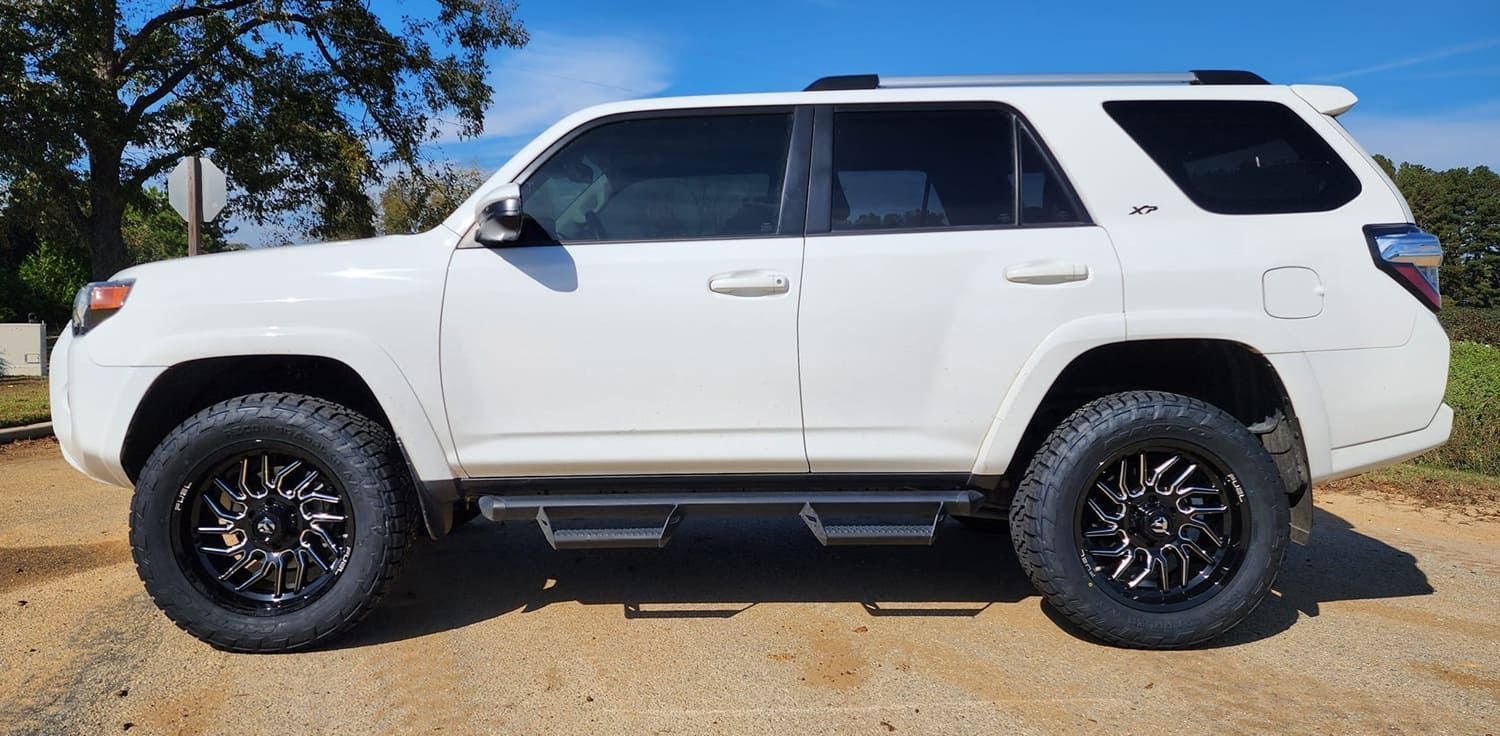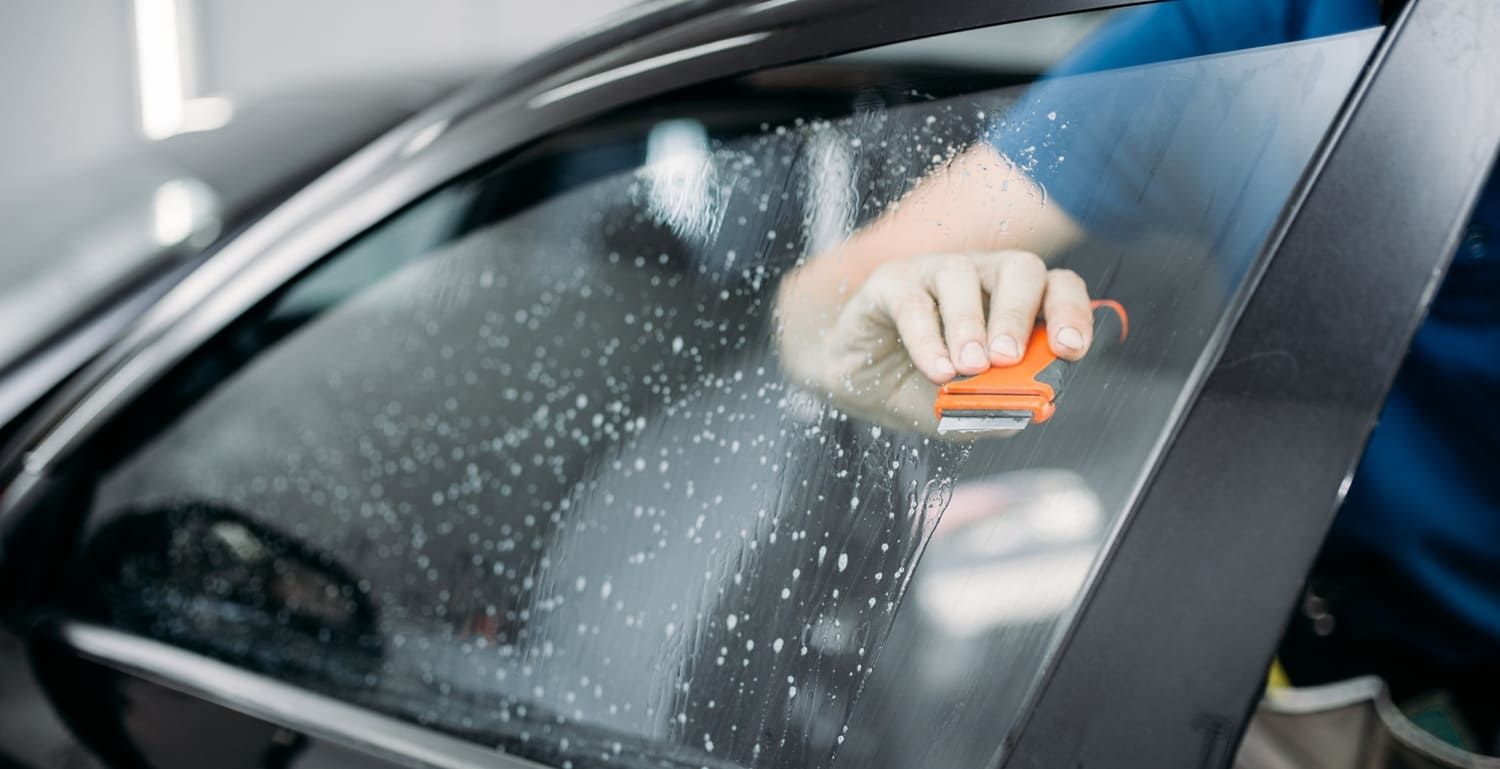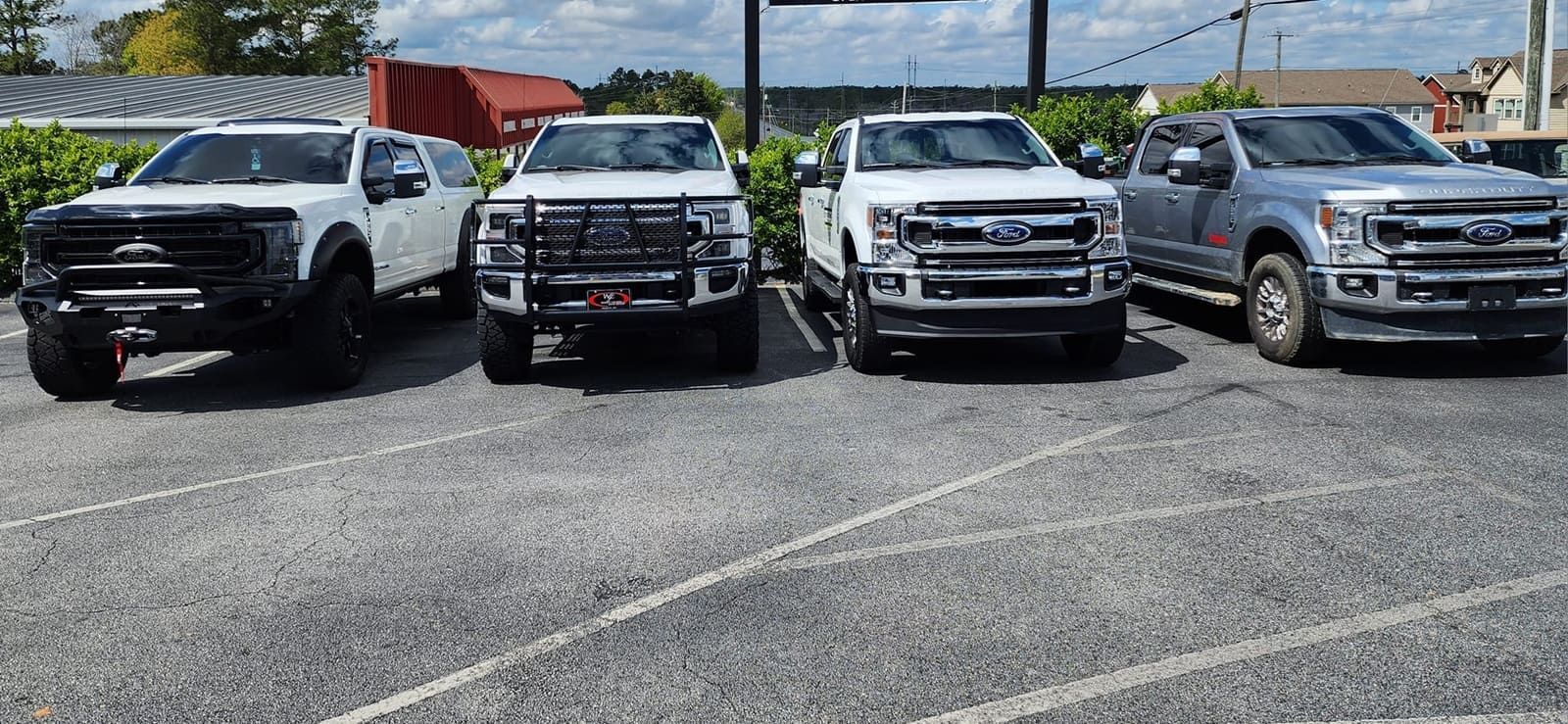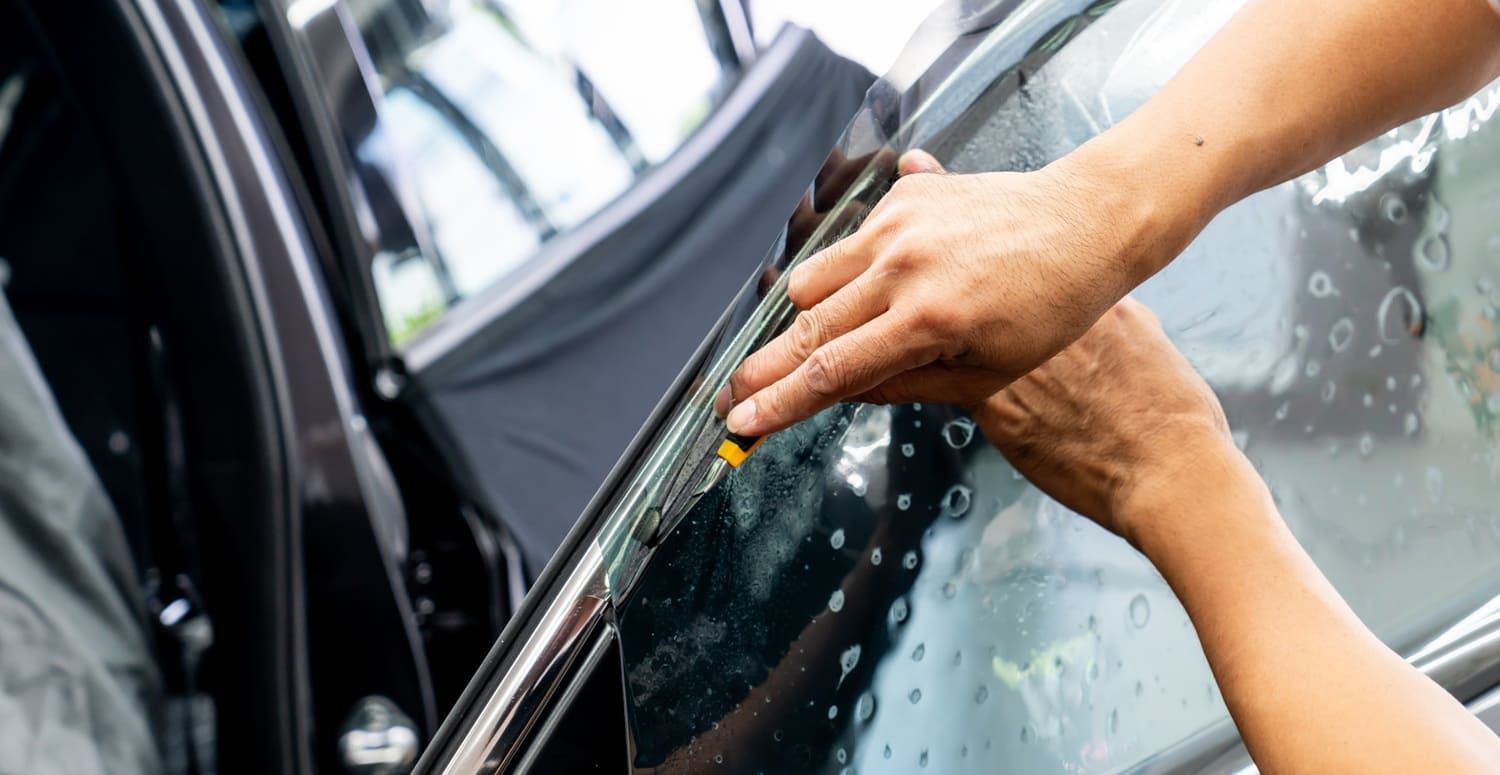Common Mistakes to Avoid When Applying Spray-On Bed Liners
When it comes to protecting your truck bed, applying a spray-on bed liner is one of the best decisions you can make. It offers durability, corrosion resistance, and a non-slip surface, ensuring your truck bed remains in prime condition. This robust protective layer stands up to harsh weather conditions and everyday wear and tear, making it an essential investment for truck owners who want to preserve their vehicle's value. However, the application process is not always as straightforward as it seems. Even the smallest mistakes can lead to unsatisfactory results or damage, potentially costing more in repairs or reapplications. In this guide, we'll explore the common errors people make when applying spray-on bed liners and how to avoid them.
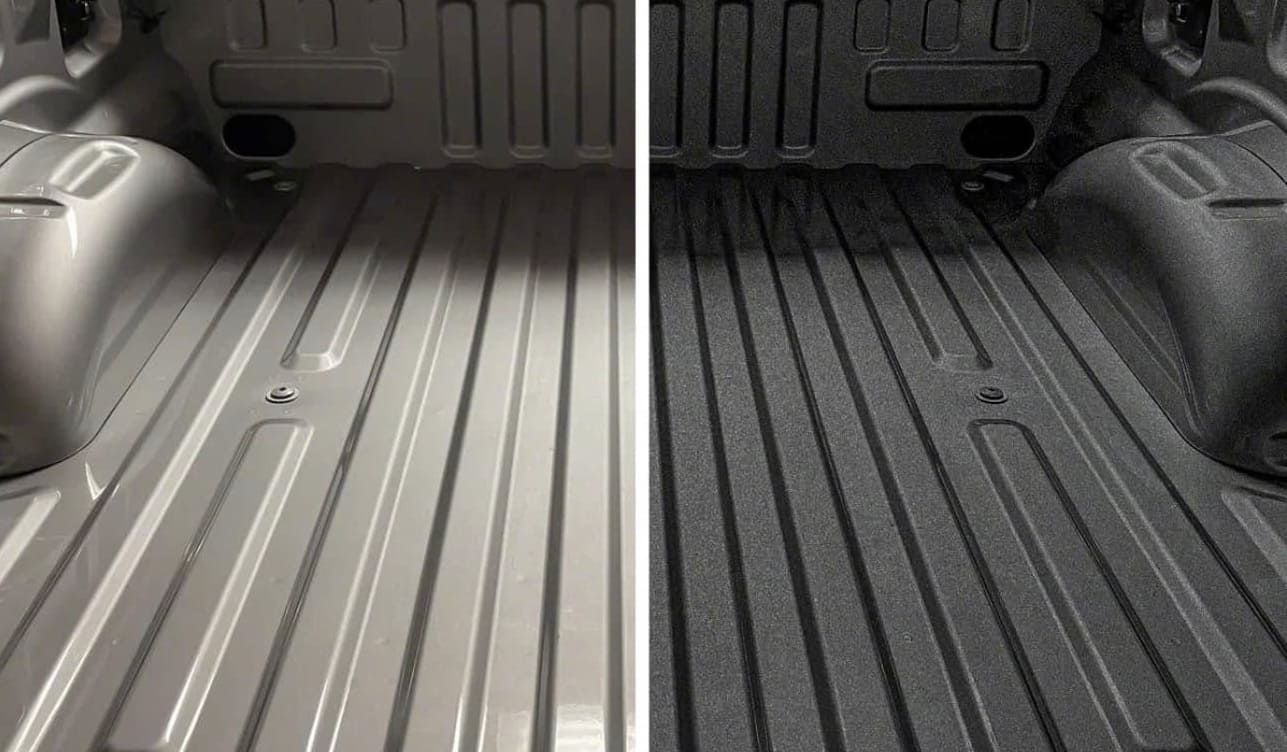
Understanding Spray-On Bed Liners
Before diving into the mistakes, it's essential to understand what spray-on bed liners are. They are protective coatings applied directly to the bed of a truck. Unlike drop-in bed liners, which are pre-formed, spray-on liners create a seamless layer that adheres to the truck bed's surface, providing excellent protection against elements, scratches, and dents. This seamless application means there are no gaps for water or debris to collect, significantly reducing the risk of rust and corrosion. Spray-on bed liners also offer a customizable finish, allowing truck owners to choose from various textures and colors to suit their preferences and needs.
Spray-on bed liners are made from polyurethane or polyurea, materials known for their flexibility and resistance to impact. This makes them ideal for truck owners who frequently load and unload heavy or abrasive materials. Additionally, the application process allows for a perfect fit, as the liner conforms precisely to the contours of the truck bed. Understanding these benefits highlights why proper application is crucial to maximizing the liner's protective qualities.
Common Mistakes and How to Avoid Them
Inadequate Surface Preparation
The key to a successful spray-on bed liner application is proper surface preparation. Skipping or rushing this step can result in poor adhesion, leading to peeling and flaking. This often happens because contaminants like dirt, oil, or rust prevent the liner from bonding correctly with the truck bed's surface. Over time, this can cause sections of the liner to lift, reducing its protective capabilities and exposing the bed to potential damage.
- Solution: Clean the truck bed thoroughly to remove any dirt, oil, or debris. Use a degreaser if necessary, and ensure the surface is completely dry before proceeding. Sand the bed lightly to scuff up the surface, which helps the liner adhere better. It's also a good idea to inspect the bed for any signs of rust or damage and address these issues before applying the liner.
Skipping the Masking Process
Masking is crucial to prevent overspray on areas not meant to be coated. Neglecting this step can lead to unsightly results and extra work, as overspray can be challenging to remove once dried. It can also affect the functionality of truck components like tailgate latches and lights if they are accidentally coated.
- Solution: Use high-quality masking tape and plastic sheeting to cover areas like tailgate latches, tail lights, and any other parts you don't want to coat. Take your time to ensure everything is properly covered. Double-check the masking before starting the application, and consider using a drop cloth or tarp to protect the surrounding area from accidental spray.
Not Following Manufacturer's Instructions
Each spray-on bed liner product comes with specific instructions regarding application techniques and drying times. Ignoring these guidelines can lead to uneven coatings or reduced durability. Manufacturers conduct extensive testing to determine the optimal conditions for their products, and deviations can compromise the liner's performance.
- Solution: Always read and follow the manufacturer's instructions carefully. Pay attention to recommended temperatures and humidity levels for application. If you have any questions or uncertainties, don't hesitate to contact the manufacturer or a professional for clarification.
Applying in Inappropriate Conditions
Environmental factors play a significant role in the application process. Applying the liner in the wrong conditions can affect its performance, leading to problems like bubbling, uneven texture, or incomplete curing. Environmental factors such as temperature and humidity can significantly influence the liner's bonding process.
- Solution: Choose a day with moderate temperatures and low humidity. Avoid applying the liner in direct sunlight or during wet weather. A controlled indoor environment is ideal, as it allows for consistent conditions that support proper adhesion and curing.
Inconsistent Application Technique
An uneven application can result in a patchy appearance and reduced protection. This is a common mistake for first-timers who may struggle to maintain a steady hand or consistent speed during the spraying process. Variations in thickness can lead to weak spots that are more susceptible to damage.
- Solution: Practice your spraying technique on a scrap piece of material. Ensure you maintain a consistent distance from the surface and apply the liner in even, overlapping strokes. Take breaks if needed to avoid fatigue, which can affect precision, and consider using guides or markers to maintain a consistent spraying pattern.
Insufficient Drying Time
Rushing the drying process can compromise the liner's effectiveness and lead to a sticky or soft finish. This impatience often results in a liner that fails to fully cure, reducing its durability and resistance to wear and tear.
- Solution: Allow adequate drying time as specified in the product instructions. Avoid using the truck bed until the liner is fully cured. Be patient and resist the urge to test the liner too soon, as premature use can lead to permanent damage or deformities in the coating.
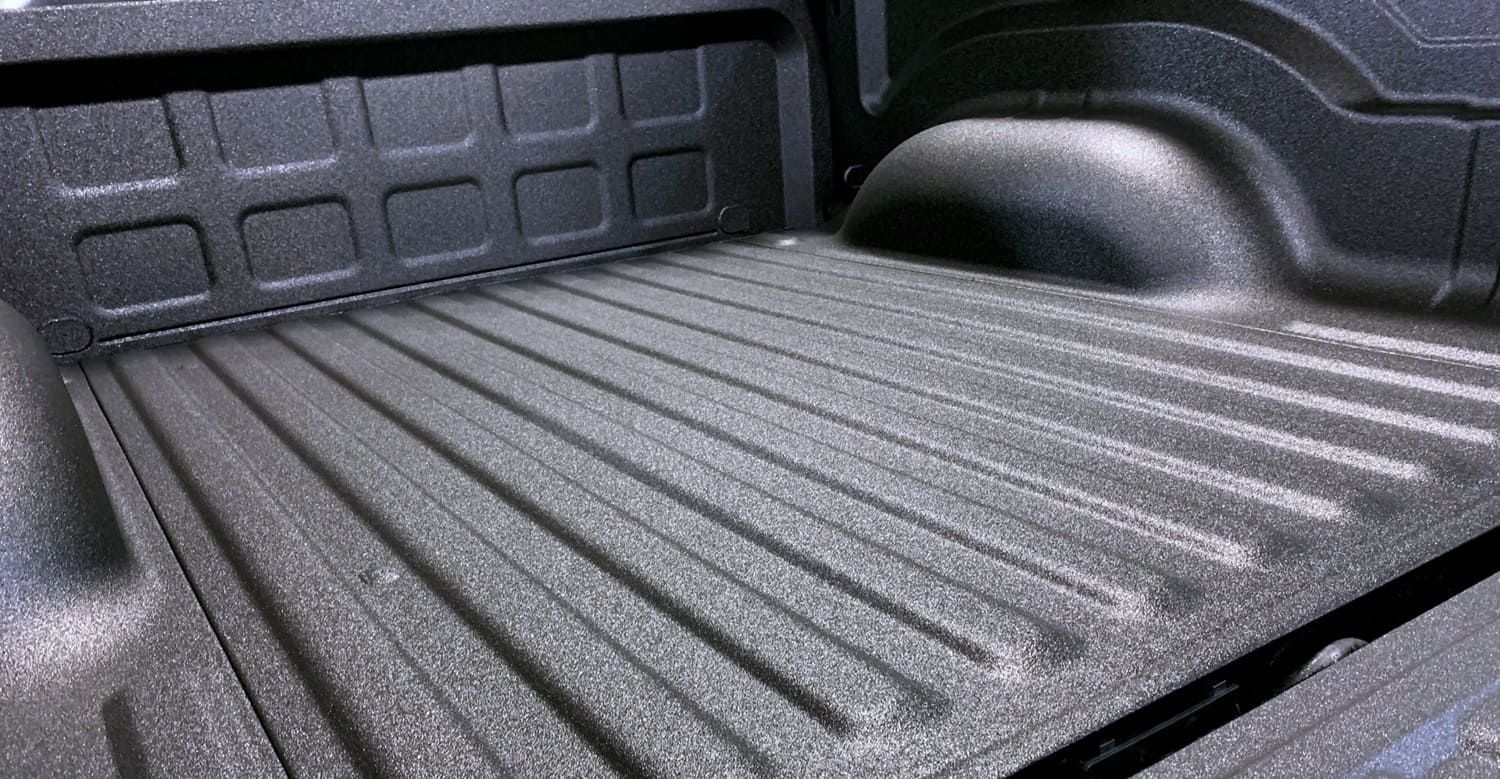
Expert Tips from Spray-On Bed Liner Experts
Choose the Right Product
Not all spray-on bed liners are created equal. Selecting the right product for your needs is crucial for achieving the best results. Factors such as the type of cargo you typically carry, the climate you live in, and your aesthetic preferences should all influence your choice.
- Advice: Consult with spray-on bed liner experts to determine which product is best suited for your truck and usage. Consider factors like UV resistance, thickness, and texture. Experts can provide insights into the latest technologies and products that offer enhanced performance and longevity.
Invest in Quality Equipment
Using subpar equipment can lead to a poor application, even if you follow all other steps correctly. The right tools ensure that the liner is applied smoothly and evenly, which is essential for both aesthetics and protection.
- Advice: Use a high-quality spray gun and compressor. If you're unsure about the equipment, consider renting professional-grade tools or hiring a professional. Investing in quality equipment can make a significant difference in the final outcome and reduce the likelihood of needing costly touch-ups or reapplications.
Regular Maintenance
Once applied, maintaining your spray-on bed liner is essential to prolong its lifespan and effectiveness. Regular maintenance helps preserve the liner's appearance and ensures it continues to protect your truck bed as intended.
- Advice: Clean the liner regularly to prevent dirt buildup. Use mild soap and water, and avoid harsh chemicals that could damage the surface. Inspect the liner periodically for any signs of wear or damage, addressing issues promptly to prevent them from worsening.
Conclusion
Applying a spray-on bed liner yourself can be a rewarding project, but it requires careful attention to detail to avoid common mistakes. By preparing the surface properly, following instructions, and using the right equipment, you can achieve a durable and aesthetically pleasing finish. A well-applied bed liner not only protects your truck but also enhances its overall look and feel, making it a worthwhile DIY endeavor.
However, if you prefer expert assistance, X-Treem Automotive & Tinting in Statesboro, GA is here to help. Our professionals have the experience and knowledge to ensure your bed liner is applied flawlessly, providing maximum protection and a superior finish. Call us at (912) 681-8468 to consult with our spray-on bed liner experts and ensure your project's success.
Remember, taking these precautions will not only extend the life of your truck bed but also enhance its appearance and resale value. Whether you choose to do it yourself or hire a professional from X-Treem Automotive & Tinting, understanding the process and potential pitfalls will lead to better outcomes and a truck bed that stands the test of time. With the right approach, your truck will be equipped to handle any challenge while maintaining its pristine condition.






